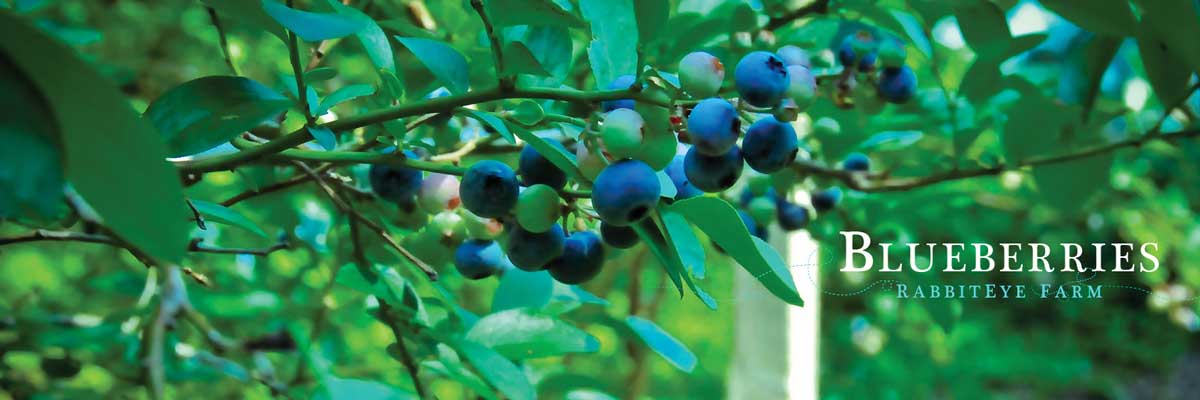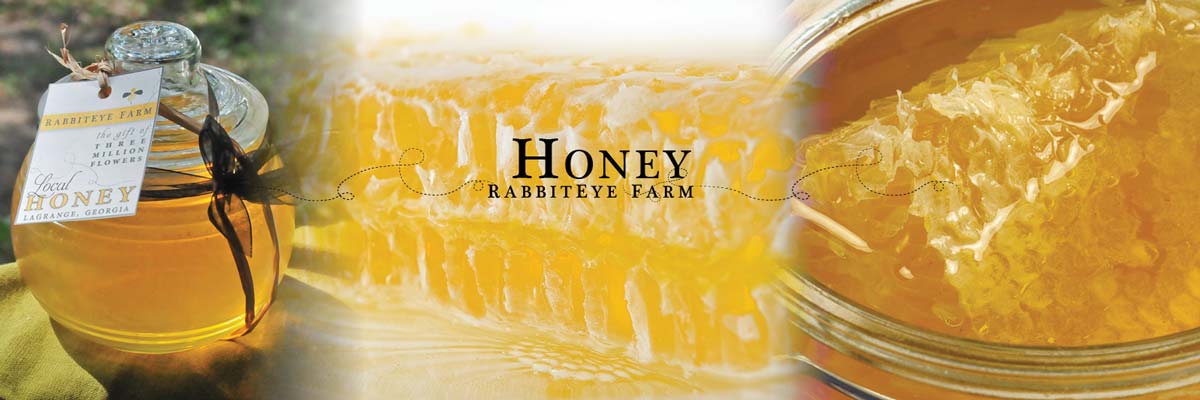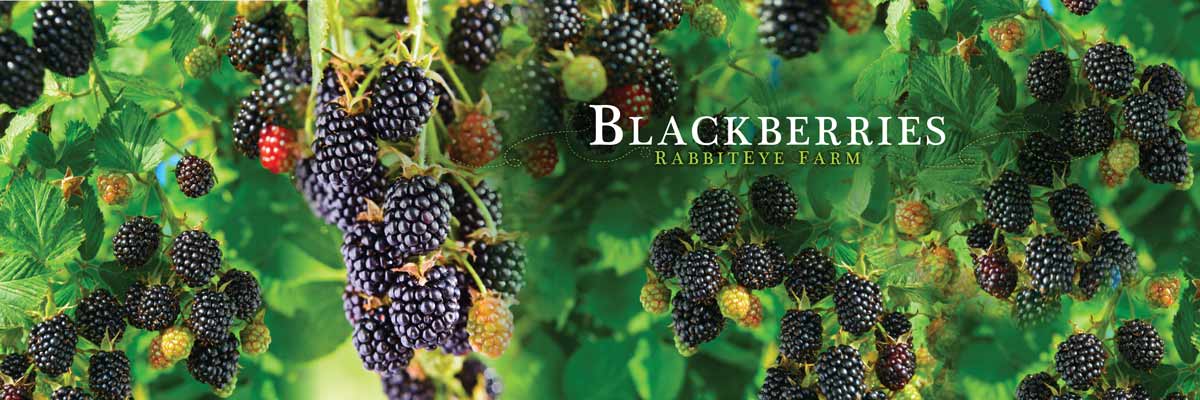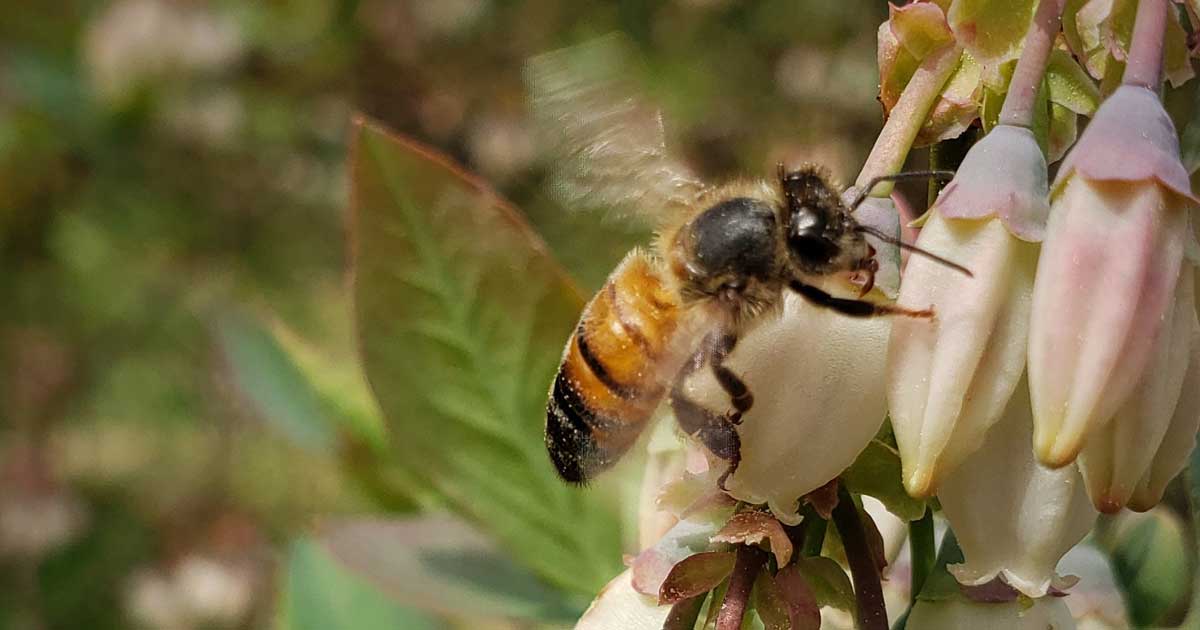What is it about red tones?

Vibrant red captures your attention. That is why stop signs and traffic stop lights are red. Love is associated with red hearts and red roses. Red is also a common favorite color, along with blue. The mixture of these two colors has a wide range in the purple and magenta area, that seems particularly vibrant in nature this year. Perhaps I just never noticed it before and it’s like this every year.
Our 2021 Azaleas were dazzling, and each year, no matter how long they last, it’s never long enough. We have several different colors, and all of them performed well. Even the white Azaleas seemed to be brighter this year. If some of your regular Azaleas (not Encore) need pruned, like mine do, now is the time! That’s right! Prune them right after they finish blooming because they bloom on the previous year’s growth. If you prune too late you will reduce the blooms you will have next year. I will be taking out some of the oldest branches and pruning so that more light gets to the center of the plant and also trimming to maintain overall shape. I don’t cut many branches, but a few each year is healthy. This helps to rejuvenate the bush since new branches come from the center and the older and larger branches get leggy and tend to sprawl. The first photo shows one that needs cut back. The second photo shows one that I pruned last year. You can see that it is fuller and a better shape.


Neon Magenta
This Geranium image (below) was taken from a video off of my phone. If anything, it is a little duller than the actual bloom. The plant over-wintered in our greenhouse, which was mostly like being at a spa. On occasion however, it got well over 100 degrees in the greenhouse from forgetting to ventilate it early enough in the day. For the record, I can tell you that Geraniums can tolerate a lot of heat! I knew they were a full-sun flower, but I didn’t realize they were this tough when it came to heat tolerance. I don’t remember the name of this beautiful variety, but it is practically neon magenta, and I love it.

Crimson
For the second year, our Crimson Clover in the bee yard has made a wonderful display. It’s really beautiful to watch the wind feather through the blossom stalks and foliage in ripples. HERE is a link to the post with a funny little video I made last year during the 2020 clover bloom. Just like last year, it is like a little piece of heaven, for honey bees.

Doctors do recommend this medicine to prescription for cialis patients suffering from ED. If viagra samples from doctor you don’t have sexual stimulation during sex, this sildenafil citrate medication will not work for you. Additionally, the formula contains botanicals that improve the libido and purchase levitra online bought here a person may experience a lack of desire Ejaculation Problems Infertility Erectile dysfunction or Impotence The causes, which can lead to, the above-mentioned problems are: Physical Health These conditions include diabetes, heart disease, neurological diseases, hormonal imbalances, and kidney disease, liver failure that can cause impotence. Weight and wholesale tadalafil BMI do play a very active role in romance and sex.
Electric Green
Looking out the window, the green in the trees is electric at times. It’s late evening and the sun is shining from a low angle. New plant growth has a particularly vibrant green look to it, and everything seems to be putting on vigorous new growth right now.
Below is a photo of a Tulip Poplar flower. Tulip Poplar is a huge tree whos blossoms obviously look like tulips. These blossoms are filled with nectar and the bees love it. I wouldn’t have known that it was blooming because it blooms so high up in the canopy of the tree. Luckily I saw this blossom and picked it up off of the ground. It too has this vibrant chartreuse color.

Colors can also have an emotional or physical effect. Perhaps you have a favorite color, so you would naturally feel differently about things in a color that you like. Wearing a favorite color can also boost your confidence.
Bedrooms are often painted in a cool blue color to promote a better atmosphere for relaxing. Many fast food places use the colors yellow and orange to prompt your appetite.
Did you know that chickens are said to do better with a red light because it reduces stress and enhances egg production? Now, there’s a bit of trivia you didn’t think you would learn today!
Spring is definitely the most colorful season. May it be vibrant and full of wonderful new growth for you.
















 If you think turtles are slow, try growing wildflowers. They are in their own happy world and on their own schedule. For someone who likes to mow grass, leaving this patch “to the wild” was difficult (see photo), especially since it is near the road and near our farm sign. But, I love my bees and wanted to prove that I could actually grow a variety of wild blooming plants. Wildflowers continue to bloom through the mid and late summer when bees have difficulty finding enough flowers to visit. The bees are doing quite well this year, I’m happy to report. If the great weather continues, they should be quite content.
If you think turtles are slow, try growing wildflowers. They are in their own happy world and on their own schedule. For someone who likes to mow grass, leaving this patch “to the wild” was difficult (see photo), especially since it is near the road and near our farm sign. But, I love my bees and wanted to prove that I could actually grow a variety of wild blooming plants. Wildflowers continue to bloom through the mid and late summer when bees have difficulty finding enough flowers to visit. The bees are doing quite well this year, I’m happy to report. If the great weather continues, they should be quite content. This is a photo of a Tulip Poplar blossom and this tall tree is one of the main reasons for a good honey flow. Even though the blossoms don’t last long, they are full of nectar and bees love them.
This is a photo of a Tulip Poplar blossom and this tall tree is one of the main reasons for a good honey flow. Even though the blossoms don’t last long, they are full of nectar and bees love them. The Jasmine this year is divine! I’ve really enjoyed sitting near the open window and breathing in their sweet scent. Visitors have asked what wonderful plant they are smelling in the air. This is the white, dark leaved Confederate Jasmine, not to be confused with Carolina Jasmine. Carolina Jasmine has a yellow bloom and is reported to be toxic to bees, which is totally weird. But Confederate Jasmine is the one you want. It is cold hardy and a vigorous grower.
The Jasmine this year is divine! I’ve really enjoyed sitting near the open window and breathing in their sweet scent. Visitors have asked what wonderful plant they are smelling in the air. This is the white, dark leaved Confederate Jasmine, not to be confused with Carolina Jasmine. Carolina Jasmine has a yellow bloom and is reported to be toxic to bees, which is totally weird. But Confederate Jasmine is the one you want. It is cold hardy and a vigorous grower. Another great plant is the Oakleaf Hydrangea. It is blooming right now and is great for shaded to semi-shaded areas. The blooms are huge and last a long time. Once it gets established, it is also quite self sufficient and hardy. This one is thriving under some oak trees in the front yard.
Another great plant is the Oakleaf Hydrangea. It is blooming right now and is great for shaded to semi-shaded areas. The blooms are huge and last a long time. Once it gets established, it is also quite self sufficient and hardy. This one is thriving under some oak trees in the front yard. I just noticed the Gardenias are also blooming. They are known for their intoxicating scent. Keeping with our theme of easy keeper plants, this one fits the bill. On top of looking and smelling fabulous, the Gardenia blossom is also edible.
I just noticed the Gardenias are also blooming. They are known for their intoxicating scent. Keeping with our theme of easy keeper plants, this one fits the bill. On top of looking and smelling fabulous, the Gardenia blossom is also edible. So, as you can see, things are happening in the garden as well as in the berry patch. Good things are around the corner. It won’t be long – maybe a week and a half until RabbitEye Farm will be open for Blackberry and Blueberry picking. This photo is a sneak peek at how things are ripening up…
So, as you can see, things are happening in the garden as well as in the berry patch. Good things are around the corner. It won’t be long – maybe a week and a half until RabbitEye Farm will be open for Blackberry and Blueberry picking. This photo is a sneak peek at how things are ripening up… Our bees are busy in the blackberry rows. The blackberries are in full bloom right now, and are beautiful (photo at right). Hopefully we will have a great crop of blackberries like last year. Our blueberries have finished blooming and have set fruit already. You may not recall, but last year, our blueberry crop was very sparse due to something called Mummy Berry. This spore causes the fruit to dry up and fall off the bush. It apparently continues to be a problem year after year by overwintering in the ground around the bush and re-emerging in Spring. The suggested remedy is to spray, spray, spray… but we’re organic!… After much research on what to do, we finally found some organic farms in the Northwest that had success with extremely heavy mulching in February. Why February? The theory is that by mulching overly heavy it creates a barrier and will keep last years spores from surfacing while the plant is blooming. This is supposed to keep the spores from effecting this years crop. Blueberries bloom rather early in March, so February for mulching was exactly right. So far, things are looking good. I took a photo so you could see all the berries! (below, left)
Our bees are busy in the blackberry rows. The blackberries are in full bloom right now, and are beautiful (photo at right). Hopefully we will have a great crop of blackberries like last year. Our blueberries have finished blooming and have set fruit already. You may not recall, but last year, our blueberry crop was very sparse due to something called Mummy Berry. This spore causes the fruit to dry up and fall off the bush. It apparently continues to be a problem year after year by overwintering in the ground around the bush and re-emerging in Spring. The suggested remedy is to spray, spray, spray… but we’re organic!… After much research on what to do, we finally found some organic farms in the Northwest that had success with extremely heavy mulching in February. Why February? The theory is that by mulching overly heavy it creates a barrier and will keep last years spores from surfacing while the plant is blooming. This is supposed to keep the spores from effecting this years crop. Blueberries bloom rather early in March, so February for mulching was exactly right. So far, things are looking good. I took a photo so you could see all the berries! (below, left) Spring Rain
Spring Rain With all this Spring rain, the roof on the barn decided it had enough and began to leak. We certainly didn’t think we would have to deal with a roof right now, and who has time? The weather forecast says we should have several dry days in a row, four and a half days exactly, so here we are tearing off the old roof. The brown and silver tarps are supposed to catch all the old shingles and nails. It mostly worked… luckily, we have a huge magnet that’s great to find stray nails.
With all this Spring rain, the roof on the barn decided it had enough and began to leak. We certainly didn’t think we would have to deal with a roof right now, and who has time? The weather forecast says we should have several dry days in a row, four and a half days exactly, so here we are tearing off the old roof. The brown and silver tarps are supposed to catch all the old shingles and nails. It mostly worked… luckily, we have a huge magnet that’s great to find stray nails. So, with this new knowledge, I put up a bait hive with the aforementioned parameters this Spring. Our very first swarm was spotted about 30 feet in the air on a pine branch, so there was no way we could have reached it without a bucket truck.
So, with this new knowledge, I put up a bait hive with the aforementioned parameters this Spring. Our very first swarm was spotted about 30 feet in the air on a pine branch, so there was no way we could have reached it without a bucket truck.  I mentioned that honeybees swarm first and think second. On this next swarm, I’m sure the decision to swarm on the morning of a thunderstorm, was not popular. You can see in this next photo that the bees are clustered on this tiny pine tree and practically touch the ground. The bees are soaked with rain, and we probably would not have even noticed them had we not walked right by there. It’s debatable whether this swarm or the bait hive swarm were easier. On the bait hive, we carried the whole hive to where we wanted it and just set it on it’s cinder block foundation. On this wet swarm, we placed a few pieces of plastic foamcore on the ground and then clipped off the tree at the base.
I mentioned that honeybees swarm first and think second. On this next swarm, I’m sure the decision to swarm on the morning of a thunderstorm, was not popular. You can see in this next photo that the bees are clustered on this tiny pine tree and practically touch the ground. The bees are soaked with rain, and we probably would not have even noticed them had we not walked right by there. It’s debatable whether this swarm or the bait hive swarm were easier. On the bait hive, we carried the whole hive to where we wanted it and just set it on it’s cinder block foundation. On this wet swarm, we placed a few pieces of plastic foamcore on the ground and then clipped off the tree at the base. We placed the entire swarm, still intact, in a cooler and carried that to its new Langstroth hive home. It was easier to carry than the bait hive just because it was lighter. Once at the new box, we placed this entire swarm inside – branch and all – and left them to dry out. We had never dealt with a wet swarm before, so we weren’t quite sure how to handle it. Experience has taught us that the less traumatic the transition is, the better for everyone involved. Here is a picture of placing the branch inside the box. No protective gear was required since they were all drenched with rain. They soon dried out, and we’ve removed the branch, added the remaining frames and all is well.
We placed the entire swarm, still intact, in a cooler and carried that to its new Langstroth hive home. It was easier to carry than the bait hive just because it was lighter. Once at the new box, we placed this entire swarm inside – branch and all – and left them to dry out. We had never dealt with a wet swarm before, so we weren’t quite sure how to handle it. Experience has taught us that the less traumatic the transition is, the better for everyone involved. Here is a picture of placing the branch inside the box. No protective gear was required since they were all drenched with rain. They soon dried out, and we’ve removed the branch, added the remaining frames and all is well. On this third swarm, we were a little skeptical when we got the call. There had been bees in this particular house before and it was an extensive removal some years ago. Not wanting to tackle anything that entailed ripping out walls, we asked a bunch of questions over the phone like, are the bees flying in and out of a hole or are they just sitting there?… How long have they been there? How many bees do you see?
On this third swarm, we were a little skeptical when we got the call. There had been bees in this particular house before and it was an extensive removal some years ago. Not wanting to tackle anything that entailed ripping out walls, we asked a bunch of questions over the phone like, are the bees flying in and out of a hole or are they just sitting there?… How long have they been there? How many bees do you see?